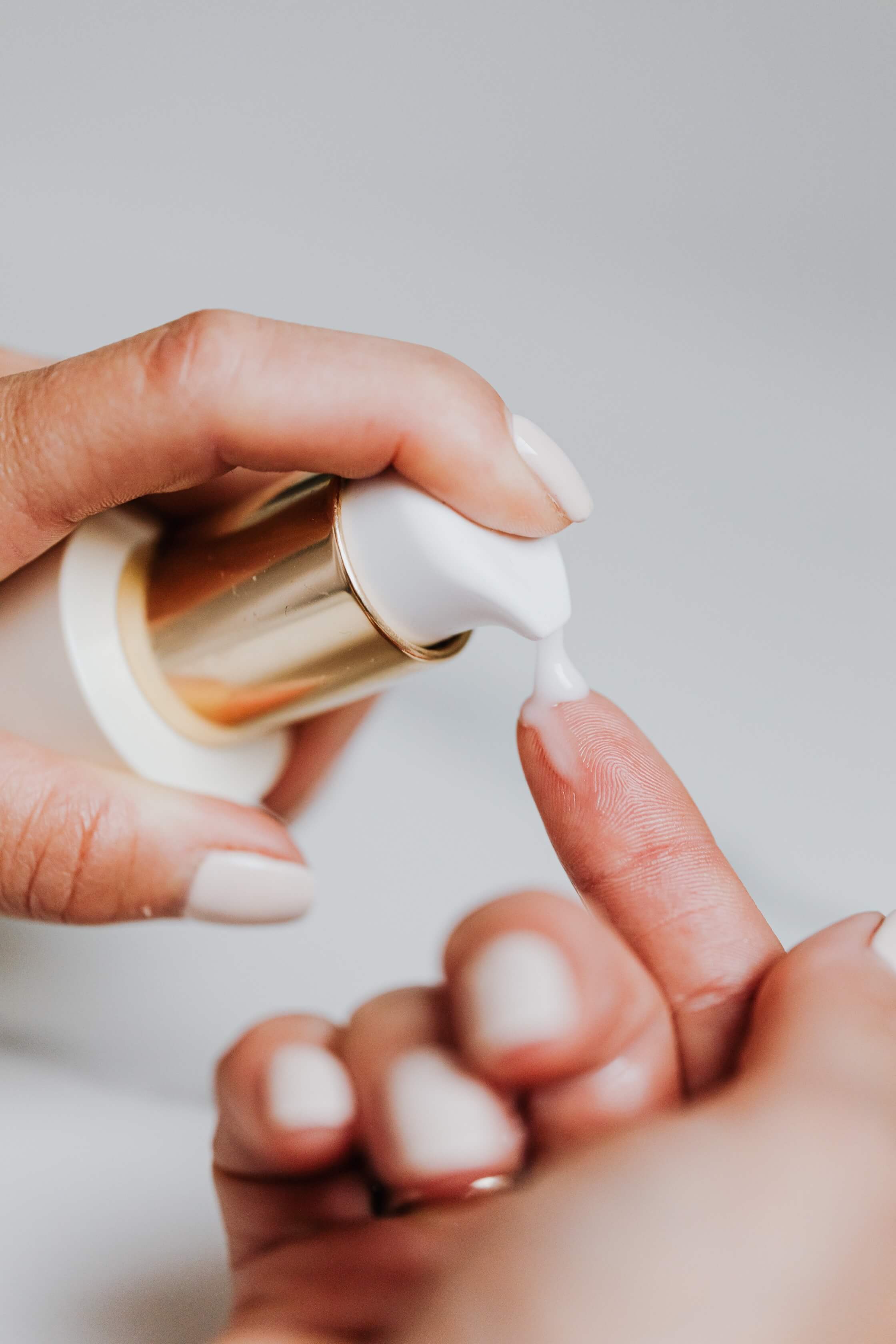A fear of filler migration is incredibly common. It is very understandable why people would be apprehensive too. The fear can become a barrier to having the treatment, especially if you don’t fully understand how or why the migration happens. As with everything, knowledge is vital. We will look at what migration is, why it happens and how it can be avoided.
Filler migration is when filler moves out the area it was injected to and into a different anatomical area or plane/depth. People usually become familiar with the concept in the context of lip filler as there are so many migrated lip fillers around. Despite filler migration being possible in every part of the face, it is most common in the lips due to how mobile the area is. There are many cases or pictures all over the internet of poorly applied or botched lip filler where it has moved up above the lip line into the area between the nose and the mouth. This is often where the terms ‘duck lips’ or ‘filler moustache’ come from. Unfortunately, it is extremely common as there are so many unqualified non medical people injecting fillers. It is also something that happens slowly and insidiously. Often patients will not even realise it has happened. They may feel over time that their lips appear thinner as all the filler has moved above the lips. Sometimes this even weighs the pink part of the lips down. They come seeking for more fillers and money minded injectors will keep injecting without explaining what has happened which just leads to further migration and unnatural results.
So can the risk of migration ever fully be eradicated? The short answer is, unfortunately, no. It can happen even in the best hands as some patient’s anatomy is just more prone to this. There are many steps you can take to prevent migration which we will discuss; however, it’s impossible to ever say to a patient you will 100% not experience any migration. On very rare occasions, it can just happen and nobody is at fault. Before we look at how migration can be avoided, before ever being injected, you must know what your injector would do if migration did happen. First and foremost, you need to have an honest and open relationship with them so you can be assured that if migration did happen it would be fixed and dealt with. This goes beyond migration too, and you should always ask your injector what they would do if any complications did arise with your treatment.
The most important thing you can do to protect yourself from migration is to pick the right injector. The face is incredibly complex and precious. We firmly believe that only medical professionals (nurses, doctors and dentists) should be able to inject due to their understanding of facial anatomy and medical understanding to assist their patient if anything goes wrong. The shocking thing about the UK is that it is still legal for anyone to buy fillers and inject them because they are not considered prescription medicines. However, the medicine used to dissolve fillers is prescription only so they usually either do not have access to them or do not have the appropriate knowledge to administer it or deal with complications that can arise from the dissolving enzyme. The dissolving enzyme carries a risk of anaphylaxis which can be life-threatening and every medic has to have the training and emergency equipment to deal with this. You have one face and one body, why risk it?
Why and how could your injector contribute to the risk of migration?
Different parts of the face require a different type of filler. For example, the filler we use in the lips is not the same as the thicker filler we would use for the chin and jawline. Many people don’t realise that you can’t just use the same filler for different parts of the face. Injecting the wrong filler into the wrong area would mean the filler is more likely to migrate. As we mentioned, the regulations in the UK for injectors are poor. If an injector has not had thorough training, this could mean they could end up incorrectly injecting filler and therefore hugely increasing the chances of migration. Furthermore, the premium filler brands that have sufficient research and approval by the MHRA and FDA regulatory bodies are not accessible to non medics. This is two fold, firstly they are harder to obtain by non medics as access is more tightly controlled. They are only sold to medically qualified injectors. Secondly, they are expensive! The cheaper prices you see of filler are not using premium brands, clinics can’t even purchase them in bulk for the prices we sometimes see advertised for the actual treatment. Always check which fillers your injector is using and do your research.
There’s also the fundamental issue of injection technique. Very different techniques will need to be used on different parts of the face. Some areas are more mobile and therefore at greater risk of migration. A specific filler applied in a specific way for each part of the face is crucial. If the wrong technique is applied this can increase the risk of migration. Poor injection technique and incorrect filler are also usually the reason filler can look obvious or fake.
Sometimes you may be tempted to visit an injector because of great results on social media (remember everyone puts up their best results and things can be photoshopped) and low prices. Please never only make your decision on followers or pictures, this is not enough to know that you will be having a safe procedure. You could be at risk of things going seriously wrong and permanent disfigurement. The stakes are too high and it’s never worth the risk.
Always make sure you double-check medical credentials online. Check the GMC (doctors)/GDC (dentists)/NMC (nurses) register which should have all UK accredited doctors and nurses on their list. If you cannot find them, they may have trained abroad but remember anybody can produce a certificate from any country. If they are not on the official UK registers then their degree might as well be fake. Or they may have a degree but never worked a single day as a doctor. Would you feel safe being operated by someone like that?
What should you be doing as the patient to prevent migration?
Post-injection you should receive clear instructions from your injector about the aftercare rules. The first week post-injection is the most critical as the filler settles into the face. You must not apply any pressure to the area for at least a week post treatment and avoid sleeping on your front or side, kissing (if you had any lower face filler) or facial rollers. You will then need to avoid facial massages for one month and always avoid intense facial massages. These aftercare rules are there to prevent migration as all of these activities could move the filler before it has settled. If in doubt, always check with your injector first and don’t be afraid to ask about situations even if they may feel silly to you. It’s always better to ask and not put yourself at risk of migration.
Some people are more prone to migration
Some people, especially older patients with more skin laxity or very strong muscles, are more prone to migration. Consultations prior to injection are essential for the injector to analyse your face and give you realistic expectations of what the treatment could do for you. We turn away patients for certain treatments if we know that the results they’re looking for aren’t results they would get from filler. Or in this case, if the risk of migration was too high and not worth the risk. Looping back to the point again, this is why it’s important that the injector is experienced with the correct training and is a medical professional.
Hopefully, you now feel like you have a better and more precise understanding of how and why migration happens. The two main things you need to remember are first to find a safe and qualified injector who’s a medical professional and then to follow the aftercare rules properly. Before ever being injected, establish an honest and open relationship with your injector to know what they would do if migration did happen and what they would do to fix it. Although we can never guarantee 100%, that no migration would happen, following these steps will massively reduce your chances of it happening.




